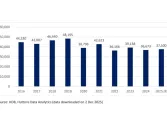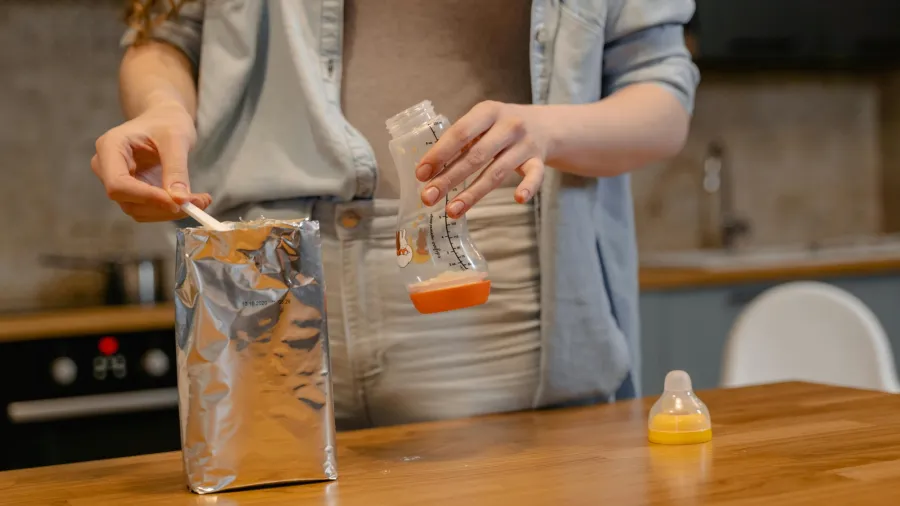
APAC baby food market shrinks as milk formula sales drop
Milk formula is projected to decline to 79% by 2029.
The baby food market in the Asia-Pacific region is facing a contraction as milk formula consumption continues to drop, prompting manufacturers to seek alternative growth avenues, according to Euromonitor International.
Milk formula, which accounted for 82% of the region’s baby food retail sales in 2024, is projected to decline to 79% by 2029.
This downturn is most pronounced in China, where the market is forecasted to suffer losses totaling $4.8b between 2024 and 2029.
China’s share of Asia’s baby food retail sales, currently at 65%, is expected to drop to 56% by 2029.
To mitigate losses, the report said brands are shifting focus to other key markets in the region. India is anticipated to experience a compound annual growth rate (CAGR) of 6% in baby food retail value sales between 2024 and 2029, whilst Indonesia and the Philippines are expected to grow at 3% CAGR each.
Manufacturers are introducing science-backed products to meet health needs. Nestlé’s Nan Infinipro, for example, now includes six HMOs and probiotics for digestion and cognitive health. Premium formulas, like organic and allergy-friendly options, are resisting the decline with a 1% annual growth forecast through 2029.
Meanwhile, the market for non-formula baby food is set for moderate growth, with a projected 1% CAGR in retail value from 2024 to 2029. Dried baby food is expected to lead this growth, particularly in Vietnam, where it constitutes 93% of the baby food market in retail value sales as of 2024. This trend aligns with the popularity of dried ready meals in the country.
India and Indonesia are forecasted to lead growth in dried baby food with 7% and 6% CAGRs, respectively. In contrast, prepared baby food is likely to see stronger growth in Thailand (6% CAGR) and South Korea (5% CAGR), reflecting local preferences for more convenient formats.
With declining birth rates, brands are also diversifying into products for older children and adults, the report noted.
The overall baby food market is expected to contract by 2% annually through 2029. Top brands now dominate 41% of the market, up from 36% in 2019, as smaller players exit.

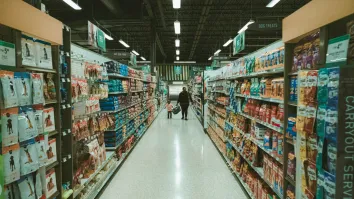




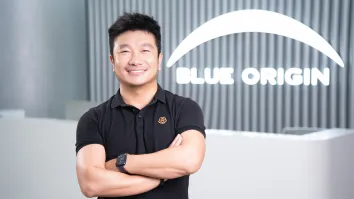

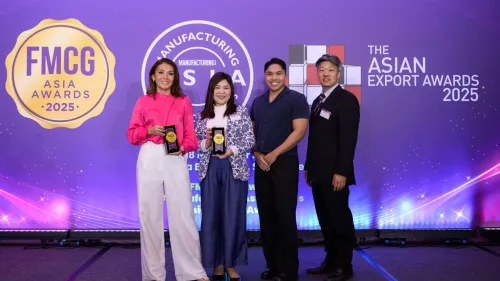
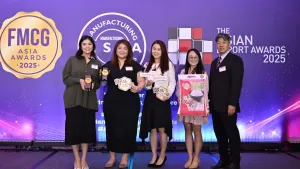
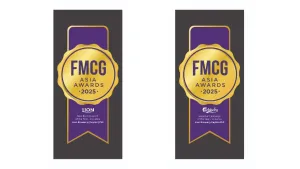





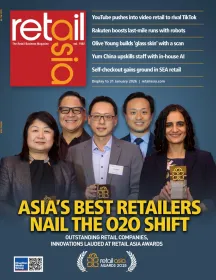
 Advertise
Advertise
